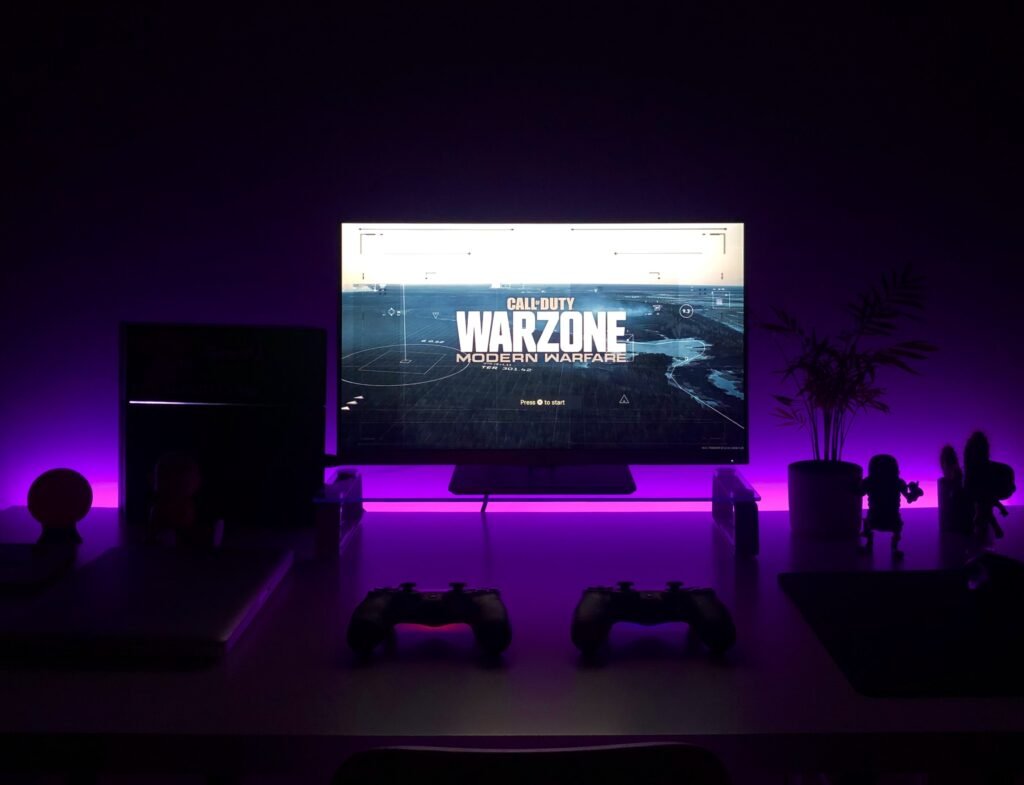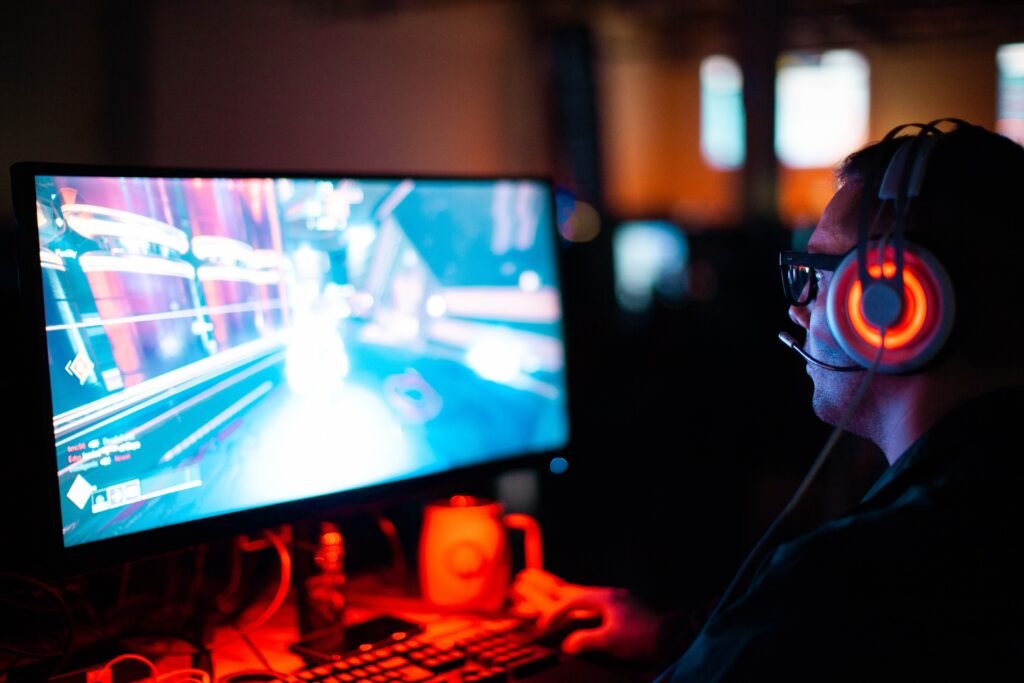You may have heard the term “graphics card” before, but have you ever wondered why it is such a crucial component in a gaming PC? Well, let’s take a moment to understand the fascinating role that graphics cards play in enhancing your gaming experience. Essentially, a graphics card is responsible for rendering and displaying high-quality visuals, ensuring smooth gameplay, and handling intensive graphical tasks. Without this essential piece of hardware, gaming on your PC would simply not be the same. So, let’s dive into the world of graphics cards and explore the impact they have on your gaming adventures!
Understanding the Role of Graphics Cards in Gaming PCs
What is the purpose of a graphics card in a gaming PC? A graphics card, also known as a video card or GPU (Graphics Processing Unit), plays a crucial role in enhancing the overall gaming experience on a PC. It is responsible for rendering and processing the visual elements of a game, improving gaming performance, and delivering stunning visuals on the display.

Enhancing Gaming Performance
One of the primary purposes of a graphics card in a gaming PC is to enhance the performance of games. With a powerful graphics card, you can enjoy smoother gameplay, higher frame rates, and reduced lag. The graphics card offloads the intensive graphics processing tasks from the CPU, allowing it to focus on other essential tasks. This improves the overall system performance and ensures a more enjoyable gaming experience.
Improving Visuals and Display
Graphics cards significantly contribute to improving the visuals and display quality in gaming. They are equipped with dedicated GPU cores and resources that are specifically designed to handle complex visual effects, textures, and lighting in games. With a high-quality graphics card, you can experience realistic graphics, vibrant colors, and intricate details, all of which enhance the overall immersion in a game.
Rendering and Processing Graphics
The main responsibility of a graphics card is to render and process graphics in games. When you play a game, the graphics card takes the game’s visual components, such as textures, models, and shaders, and transforms them into images that can be displayed on your monitor. The graphics card’s powerful GPU cores and advanced rendering techniques ensure that the graphics are rendered quickly and efficiently, providing a seamless gaming experience.
Graphics Processing Units (GPUs)
Graphics cards are built around Graphics Processing Units (GPUs), which are specialized hardware components designed specifically for handling graphics-related tasks. GPUs consist of hundreds or even thousands of cores that work in parallel to process large amounts of data simultaneously. This parallel processing capability of GPUs makes them ideal for tasks like rendering complex scenes, handling physics simulations, and applying real-time visual effects in games.

Integrated vs. Dedicated Graphics
When considering a graphics card for your gaming PC, you’ll come across two main options: integrated graphics and dedicated graphics. Integrated graphics refers to the built-in graphics capabilities of the CPU, while dedicated graphics refers to a separate graphics card installed in the system.
Integrated graphics are suitable for basic gaming or non-demanding applications, as they are integrated into the CPU and share system memory for their operation. On the other hand, dedicated graphics cards provide significantly more power and performance, as they have their own dedicated memory and resources solely dedicated to handling graphics tasks. To truly experience high-quality gaming, a dedicated graphics card is highly recommended.
Understanding Graphics Card Specifications
When choosing a graphics card, understanding its specifications is important to ensure compatibility with your gaming PC and performance expectations. Two critical specifications to consider are memory size and bandwidth, as well as clock speed and boost clock.
Memory Size and Bandwidth
The memory size of a graphics card, often measured in gigabytes (GB), directly affects its ability to handle large amounts of data. More memory allows for smoother gameplay, especially when dealing with high-resolution textures and complex scenes. Additionally, the memory bandwidth, measured in gigabytes per second (GB/s), determines the speed at which the graphics card can access and process data. Higher memory size and bandwidth contribute to better overall performance and visual fidelity.
Clock Speed and Boost Clock
Another important specification of a graphics card is its clock speed. The clock speed, measured in megahertz (MHz), determines how fast the GPU cores can process data. A higher clock speed generally indicates more efficient processing, resulting in better gaming performance. Additionally, many modern graphics cards come with a boost clock feature, which automatically increases the clock speed when additional performance is needed. Paying attention to both the base clock speed and boost clock can help you choose a graphics card that meets your gaming requirements.

Troubleshooting Graphics Card Issues
While graphics cards are essential for a gaming PC, they can sometimes encounter issues that affect gameplay. If you experience problems such as crashes, artifacts, or performance inconsistencies, there are a few steps you can take to troubleshoot the graphics card.
First, ensure that the graphics card drivers are up to date. Graphics card manufacturers regularly release driver updates that address performance issues and bugs. Updating the drivers can often resolve many common problems.
If updating the drivers doesn’t solve the issue, check the temperatures of the graphics card. Overheating can lead to performance degradation or even crashes. Make sure the graphics card is adequately cooled with proper airflow and consider cleaning any dust buildup on the heatsinks or fans.
Lastly, if all else fails, consider contacting the graphics card manufacturer’s customer support for further assistance. They can provide guidance and troubleshooting steps specific to your graphics card model.
In conclusion, a graphics card serves a vital role in a gaming PC by enhancing gaming performance, improving visuals and display quality, and processing graphics efficiently. Understanding the various specifications of a graphics card can help you choose the right one for your gaming needs. By investing in a powerful graphics card and keeping it properly maintained, you can elevate your gaming experience to new heights.
